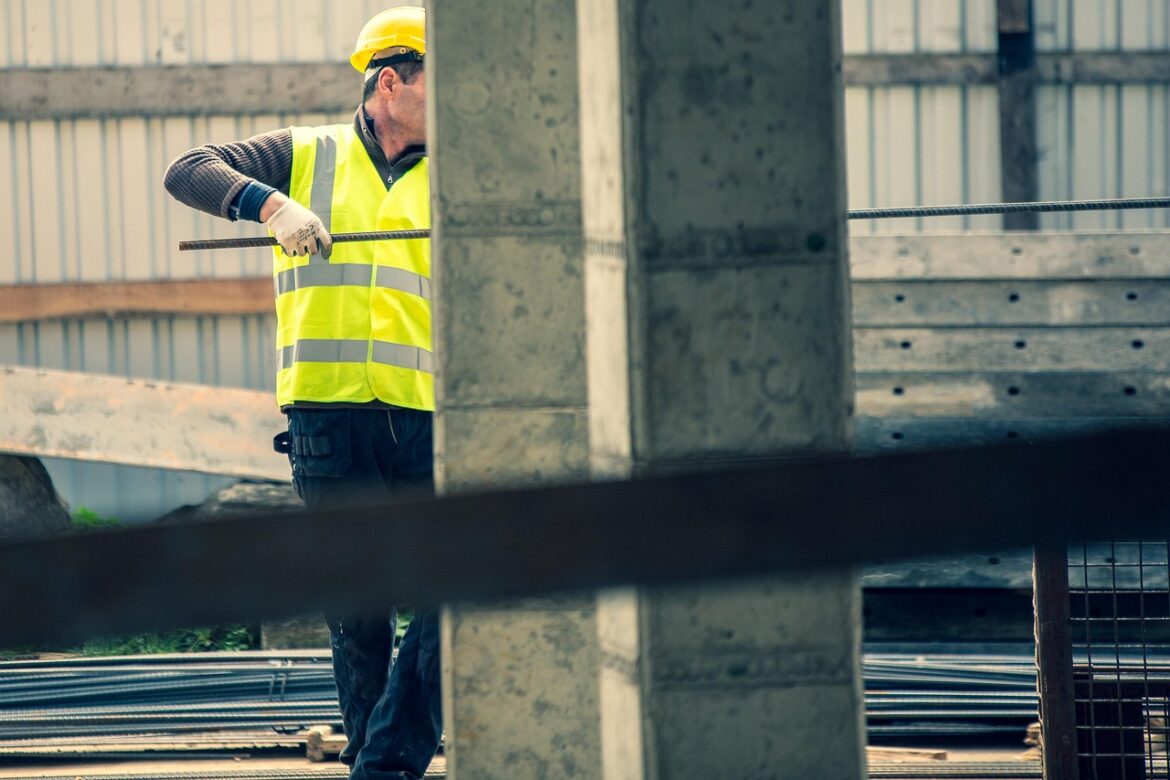The construction finance scene in 2025 is like a rollercoaster with sharp climbs and sudden dips — firms are grappling with fluctuating costs while finding clever ways to keep projects afloat.
What’s driving the financial drama?
Over the last year, construction costs surged at a 6% annualized rate largely due to hikes in critical materials like iron, steel, copper, and aluminum. Even though energy prices dipped, these increases offset any relief, pushing overall expenses higher. This hike is no small ripple — it’s shaking budgets and timelines across the board.
Notably, private construction projects have felt the strain the most, with a 40% surge in projects put on hold and a 14.1% rise in abandonments. Imagine planning a trip only to have your flight delayed or canceled; that’s the uncertainty these developers face.
The cost crunch in numbers
- Construction spending in May 2025 contracted slightly by 0.3% from the prior month and is down 3.5% compared to May 2024.
- The year-to-date spending is roughly 2.1% lower than the same period last year.
These dips signal caution but also reflect how companies are adjusting plans amid economic swings.
Travel and expense forecasting: The hidden game changer
One subtle but critical area is managing travel and expense (T&E) costs for on-site staff. Construction projects scatter across urban and rural landscapes, making travel a costly puzzle to solve. Firms mastering travel forecasting see benefits like smarter bids and better resource planning, directly boosting profitability.
How are companies coping?
- Raising prices: Some equipment suppliers, like Stanley Black & Decker, have ramped up prices to buffer tariff impacts and adjust manufacturing footprints.
- Consulting for tariffs: Firms such as Jacobs are turning uncertainty into opportunity by advising clients on navigating trade policy shifts.
What does this mean for you as an industry player?
- Budget more flexibly. Expect material costs to be volatile; build contingencies into your estimates.
- Zero in on travel and field expenses. Understand these costs early and track them tightly.
- Monitor market signals. Keep an eye on spending trends and project hold rates to anticipate shifts.
In short, 2025’s construction finance landscape is a test of agility and foresight. Those who see beyond the numbers to the root causes — rising material prices, logistical challenges, and regulatory impacts — will position themselves to ride out the storm rather than be swept away.
So, gear up, keep those calculators handy, and let the smart budgeting begin!
References:
- https://www.constructiondive.com/topic/economy/
- https://www.itilite.com/blog/a-2025-guide-to-estimate-forecast-travel-and-expense-costs-in-the-construction-industry/
- https://lauruscollege.edu/dl/Laurus_College_Catalog.pdf
- https://www.census.gov/construction/c30/current/index.html
- https://ifca.asia/trends-in-the-construction-industry-you-need-to-look-out-for-in-2025/
- https://seiu503.org/state-bargaining-2025/
- https://www.aprio.com/6-real-estate-insights-from-q1-2025-and-what-they-mean-for-you-ins-article-re/
- https://www.gcc.edu/Portals/0/2025-26-Catalog.pdf



